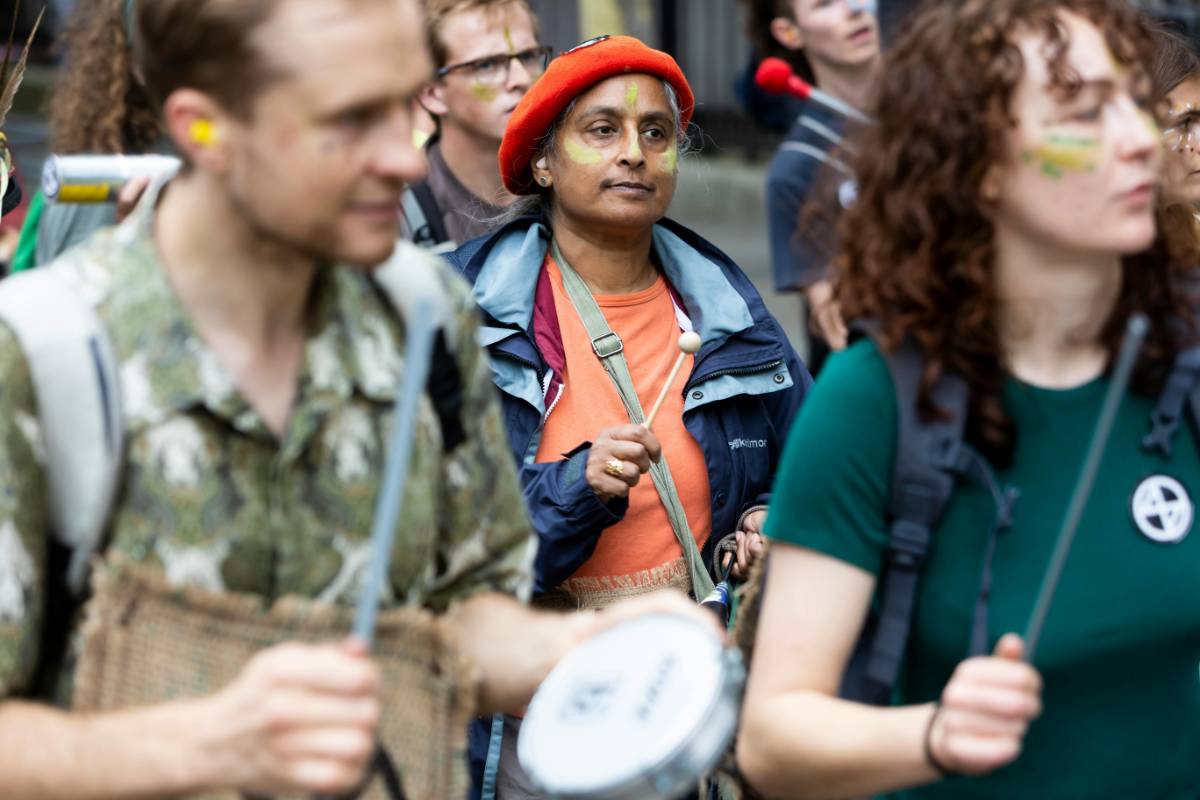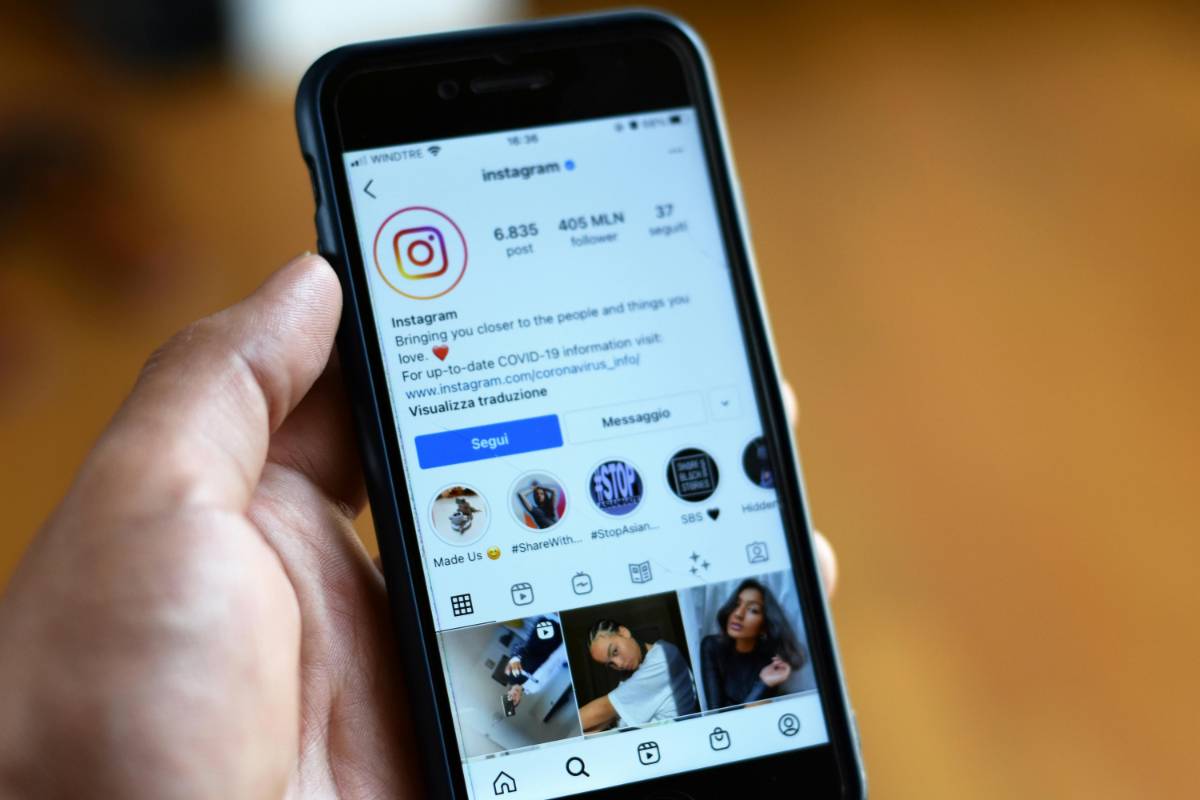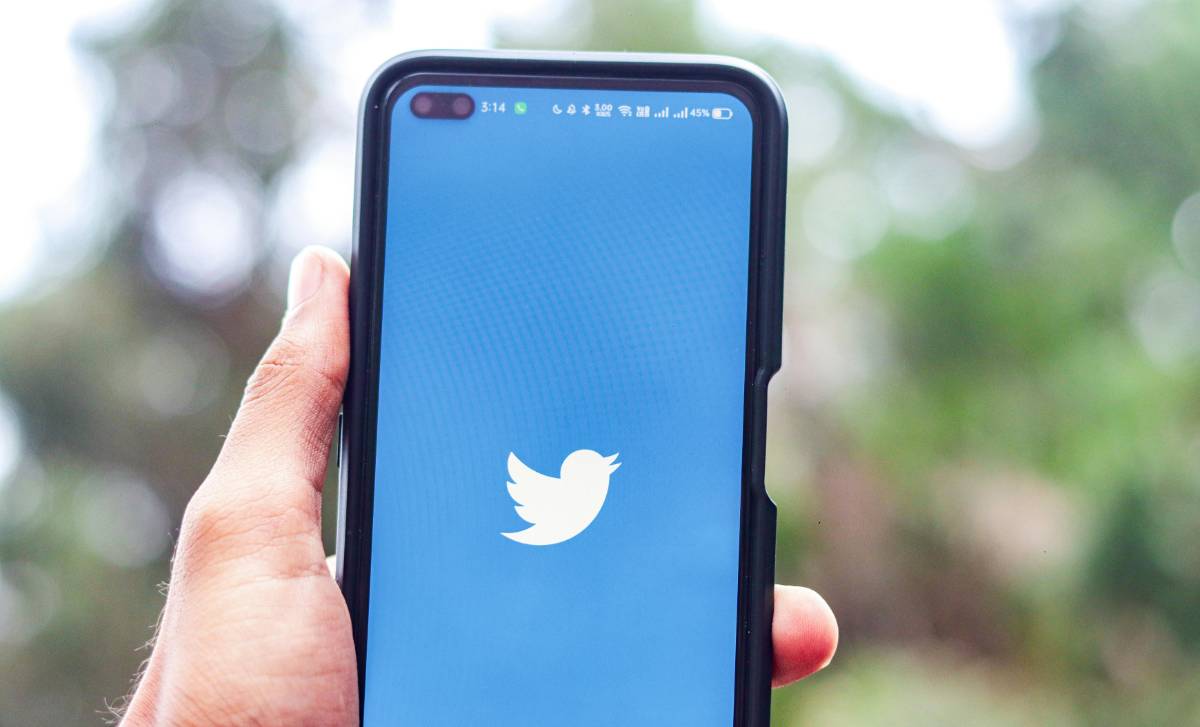The Impact of Social Media Challenges on Public Behavior
17 Sep 2025
Read Time: 3 min read

Social media challenges have become a global phenomenon, influencing the way people interact, engage, and even perceive societal norms. From charitable campaigns to risky stunts, these challenges can shape public behavior in both positive and negative ways. Here’s an in-depth look at their impact.
 The Appeal of Social Media Challenges
The Appeal of Social Media ChallengesSocial media challenges thrive on their simplicity and shareability. They often require minimal effort, making them accessible to a wide audience. The viral nature of challenges encourages participation and fosters a sense of community among users.
Challenges like the Ice Bucket Challenge and the Mannequin Challenge have demonstrated how engaging content can inspire collective action or simply provide entertainment.
Positive Influences of Social Media ChallengesMany social media challenges have had a profound and positive impact on society. For example, the Ice Bucket Challenge raised awareness and millions of dollars for ALS research, while campaigns like #Trashtag encouraged environmental cleanup efforts worldwide.
Such challenges showcase the potential of social media as a platform for social good, proving that viral trends can be leveraged to drive meaningful change.
Not all challenges are harmless or beneficial. Some have sparked concern due to their risky or dangerous nature. Challenges like the Tide Pod Challenge or the Benadryl Challenge have resulted in injuries and even fatalities, raising questions about the responsibility of platforms and participants.
The desire for online validation and virality can lead individuals to ignore potential risks, highlighting the need for greater awareness and education around digital trends.

💡 Discover More from Social-Media
Participating in social media challenges can have psychological effects, both positive and negative. On the positive side, joining in can boost self-esteem and create a sense of belonging. However, the pressure to participate or outperform others can lead to anxiety or feelings of inadequacy.
The performative aspect of challenges can also foster a culture of comparison, where individuals measure their worth against likes, shares, and comments.
The Role of Platforms and InfluencersSocial media platforms and influencers play a significant role in the spread and impact of challenges. Platforms amplify trends through algorithms, while influencers often initiate or popularize challenges.
With this influence comes responsibility. Platforms must enforce guidelines to curb harmful content, and influencers should prioritize promoting safe and positive challenges.
Navigating Social Media Challenges ResponsiblyTo ensure that challenges remain a force for good, it’s crucial for participants to exercise caution and critical thinking. Before joining a challenge, consider its purpose, potential risks, and overall impact.
Parents, educators, and community leaders can also play a role by guiding younger users and fostering conversations about responsible online behavior.
ConclusionSocial media challenges have the power to influence public behavior in significant ways, for better or worse. While they can drive positive change and foster community, they also come with risks that must be addressed. By approaching challenges with awareness and responsibility, we can harness their potential to create a safer and more impactful digital landscape.
Stay Informed
Get the latest and most accurate news delivered straight to your inbox. Subscribe now and never miss an update.

Rahul Sharma
An insightful voice in the industry, crafting content that informs, inspires, and connects with readers.
View all articles →















